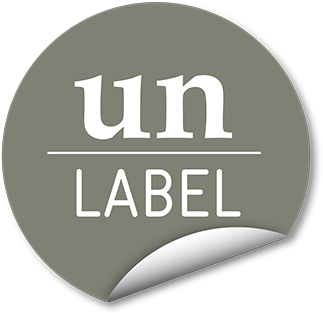Best Practice Brochure of the inclusive performing arts – A manual on mixed-abled practitioners within Europe
Published by Un-Label
Co-Funded by the Creative Europe Programme of the EU and Aktion Mensch (Germany). [DEADLINE: 1 October 2016]
About the brochure:
We aim at featuring reflections and observations across Europe and sharing international perspectives by presenting best practice examples of merging inclusive demands and the performing arts in a professional context.
Performances with performers with disabilities deal with a range of factors such as the politics of traditions, aesthetic norms or constraints, structural conditions, accessibility, communication and time. Un-Label is interested in compiling a vast range of practical examples, diverse experiences, international perspectives and new approaches of working with mixed-abled artists in Europe.
The brochure will give an overview of current practices in the inclusive performing arts and potential outcomes or ideal environments. The brochure aims at expanding the understanding and awareness of professional projects and performances with an inclusive context across different nations and cultures. It also presents a guideline to encourage and support other cultural players to work in an inclusive and accessible way.
This call is addressed to:
We are looking for performing arts practitioners within Europe who have been pursuing inclusive concepts and wish to share their specific knowledge, observations, ideas and methods.
We welcome proposals from European projects, companies or institutions that have been working professionally within the performing arts disciplines. The publication wishes to compile a range of practices and perspectives to offer a unique benefit.
Facts and figures:
Contributions to this brochure may come in a wide variety of formats to capture and reflect the extent and range of perspectives. We also welcome dialogues, interviews and practitioner reflections of approximately 1000 words.
There will be an English print brochure as well as digital brochures in German and English. They will be published in April 2017 and promoted through our broad EU network that includes partners such as British Council’s Disability Arts International platform, Creative Europe and the Cologne University of Applied Science.
Your proposal should contain:
• Name and short introduction of your structural form
• A concept summary including your main focus (max 250 words)
• All artistic disciplines involved
• What target group are you working with?
• Your contact data (person in charge, postal address, e-mail, phone, website)


